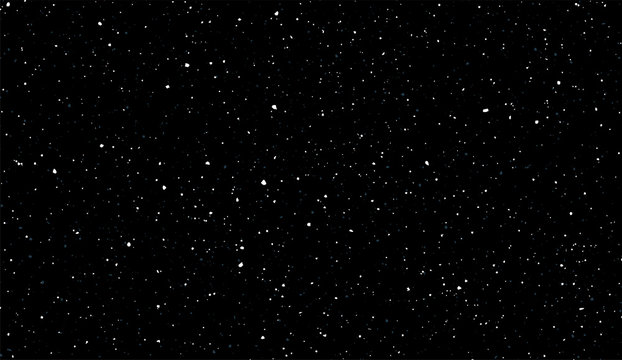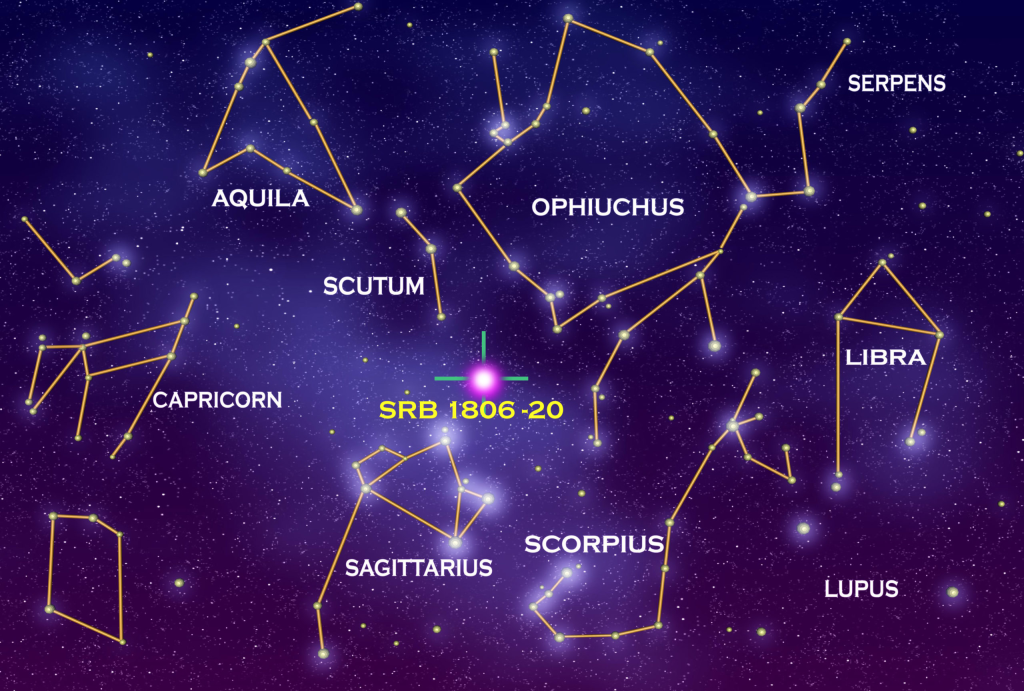Stars and Constellations
📚 Key Concepts
🔹 What are Stars?
Stars are celestial bodies that shine with their own light. They appear as bright points in the night sky and vary in brightness – some are very bright while others are dim.

Key Points:
- Stars produce their own light and energy
- They appear as points because they are very far away
- Different stars have different brightness levels
- Stars are actually huge balls of hot gases
🔹 What are Constellations?
Constellations are groups of stars that appear to form patterns or shapes in the sky. Long ago, people identified these patterns with animals, objects, or characters from stories.
Important Features:
- Currently, there are 88 official constellations recognized by the International Astronomical Union (IAU)
- Different cultures have different names and stories for the same star patterns
- Constellations helped ancient people navigate and find directions
- The patterns are created by our perspective from Earth – stars in a constellation may actually be very far apart
🔹 Major Constellations

1. Orion (The Hunter)
- Contains three bright stars in the middle representing the hunter’s belt
- Best viewed from India during December to April
- Contains the bright star Betelgeuse (known as Ārdrā in Indian astronomy)
2. Big Dipper and Little Dipper
- Big Dipper is part of Ursa Major constellation
- In India, Big Dipper is called Saptarishi
- Little Dipper contains the Pole Star (Polaris) – known as Dhruva Tara in India
3. Canis Major
- Contains Sirius, the brightest star in the night sky
- Appears to follow Orion across the sky
🔹 The Pole Star
The Pole Star appears stationary in the North direction and helps locate North in the Northern Hemisphere.
How to find Pole Star:
- First locate the Big Dipper
- Find the two stars at the end of the Big Dipper’s cup
- Draw an imaginary line through these stars toward the north
- At about 5 times the distance between these two stars, you’ll find the Pole Star
